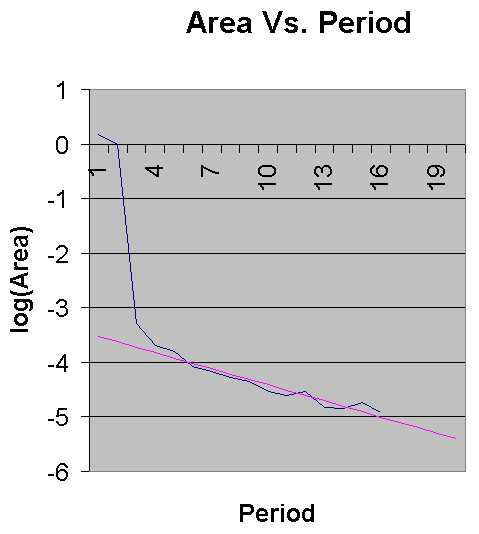
Table 1. Area of components and clusters by period
| Period | Area in Components | Components
in Period |
Area in Clusters | Components
in Clusters |
|
|
1.1780972450961724644 |
|
1.50503855428823502 |
|
|
|
0.1963495408493620774 |
|
0.0 |
|
|
|
0.0565424181276813797 |
|
0.000509098755090629897 |
|
|
|
0.0232751376963008120 |
|
0.000207642997261544123 |
|
|
|
0.0131150674788924099 |
|
0.000154964697691598031 |
|
|
|
0.00893479053124321716 |
|
0.000085410730163877997 |
|
|
|
0.00505792907074769483 |
|
0.000067726232188880309 |
|
|
|
0.00446801353800303623 |
|
0.000052940923971230971 |
|
|
|
0.00293643139498573089 |
|
0.000043683578270399760 |
|
|
|
0.00266092631691072575 |
|
0.000029533275741775911 |
|
|
|
0.00138279912887913744 |
|
0.000024292549681291682 |
|
|
|
0.00210143991593237747 |
|
0.000029737257658746096 |
|
|
|
0.00085107478579664163 |
|
0.000015032630104988673 |
|
|
|
0.00113392232036243556 |
|
0.000014189857813159913 |
|
|
|
0.00094487534275074597 |
|
0.000018402872562644416 |
|
|
|
0.000892812353050448 |
|
0.000012411370977807982 |
|
|
|
1.498744423947071128 |
|
1.506303622017414 |
|
The values for component areas with periods 1 through 16 are believed to be correct to about 10-17, since verification of period 3 components using a different method agrees to that accuracy. The number of roots for period p is 2p-1 less the total in periods which are factors of p. For example, to evaluate the total area in period 15 required evaluating 7,077 roots! Notice that when p is prime, the area is relatively smaller. This is because some of the components of composite periods are attached to large components of lower period (factors of p). An example is the period 4 component at -1.3107026413 (part of the period 1 cluster) which is 20 times the area of the period 3 cardioid.
Each component is the base of a cluster of attached buds. The area of the complete cluster (to some limit) has been evaluated by recursively locating and evaluating buds around each cardioid. With this calculation, the total area comes to more than 1.5063036. For example, to evaluate the area for period 15 clusters required evaluating 26624 components! For each cardioid with period less than 17, the corresponding cardioid cluster area was recursively evaluated, stopping with bud periods greater than 256, or when the bud radii were smaller than 10-5.
Note: A word about period 16. There are 32640 components of period 16. That is, 128 less than 215 since there are 128 components with periods 1, 2, 4, and 8. This corresponds to roots of the 215 degree polynomial one gets when you iterate the Mandelbrot Set formula 16 times that are of lower period. I have located all roots but one (the search for it continues). So the values in the table are close but less than the total area in period 16.

The curve settles to a roughly straight line. Using least squares log fit to the cluster areas in periods 4 through 16, I get A=3.687199´ 10-4´ 0.79833p. The intercept is accurate to about 16.2% and the standard error of the 'slope' (0.79833) is 0.01833. This model can be evaluated for p>16, summed and added to the total we have through period 16. I get 1.50633534 ± 0.0000335. This is still significantly less than Robert Munafo's value (1.50659177 ± 0.00000008). This gap may or may not be closed with additional component evaluations. There are two sources for additional area, one, evaluating the clusters to higher periods and two, accurate measures of clusters above period 16.
Updated Sept 18, 2003.
![]() [Home]
[Home]